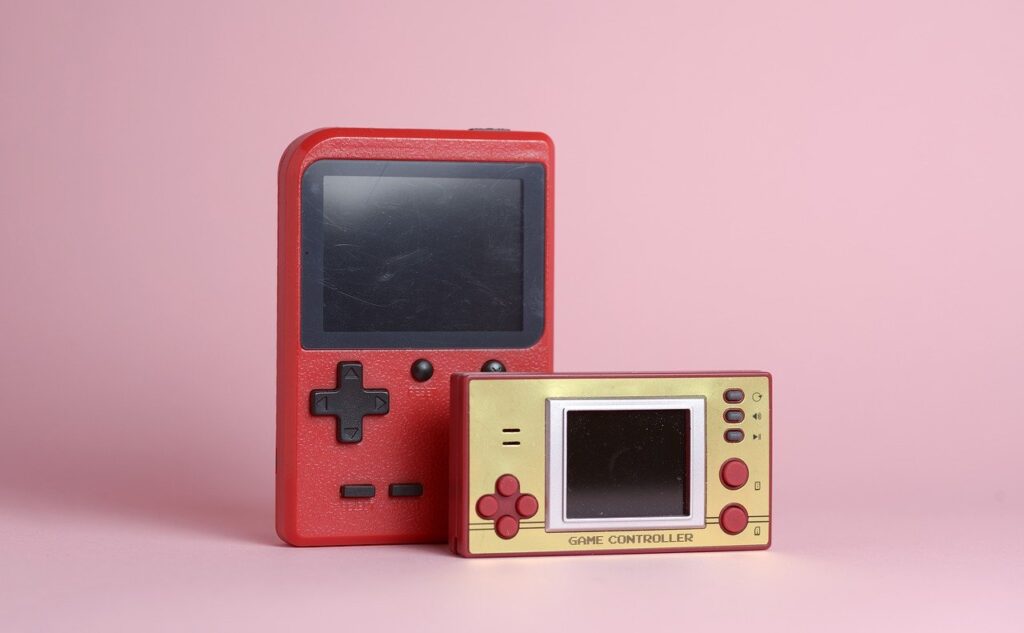Decluttering your home can be life-changing, but starting can feel overwhelming. A well-structured decluttering plan simplifies the process and helps you achieve lasting results. Here’s how to create a personalized plan that actually works.
1. Set Clear Goals
Before diving in, define what you want to achieve. Is your goal a minimalist home, a more functional living space, or simply less clutter? Be specific and realistic about your expectations.
2. Make a Room-by-Room Checklist
Break your decluttering plan into smaller tasks by creating a room-by-room checklist. Focus on one room at a time to avoid feeling overwhelmed. Prioritize high-traffic areas like the kitchen, living room, and bedroom first.
3. Create a Decluttering Schedule
Consistency is key. Set aside specific days or weekends for decluttering. Even 15-30 minute daily sessions can make a big difference over time. Mark your calendar and stick to your schedule.
4. Gather Supplies

Have essential supplies ready before you begin:
- Trash bags for discarding items
- Storage bins for organizing
- Labels and markers for sorting
- Cleaning supplies for dusting and wiping surfaces
5. Use the Four-Box Method
Prepare four labeled boxes: Keep, Donate, Trash, and Relocate. As you sort through items, place them into the appropriate box. Be honest and decisive to avoid clutter buildup.
6. Start with Easy Wins
Begin with simple tasks like decluttering a drawer or clearing a shelf. Quick wins boost motivation and build momentum for larger projects.
7. Apply the 80/20 Rule

Remember, you use about 20% of your belongings 80% of the time. Focus on keeping items you use frequently and truly value. Let go of items that no longer serve a purpose.
8. Tackle Sentimental Items Last
Sentimental items can be the toughest to sort. Save them for the end when you’ve built confidence through easier decluttering tasks. Consider keeping only the most meaningful keepsakes.
9. Organize as You Go
After decluttering, organize the items you keep. Use baskets, bins, and shelving systems to create designated spaces. Label containers for easy maintenance and access.
10. Create a Maintenance Plan
Prevent future clutter by setting rules for what comes into your home. Adopt habits like the One In, One Out Rule—if you buy something new, let go of something old. Schedule regular decluttering sessions every few months.
11. Involve the Whole Family

Make decluttering a family project. Assign age-appropriate tasks to children, and involve everyone in maintaining an organized home. Team efforts lighten the workload and build lasting habits.
12. Celebrate Your Progress
Acknowledge your hard work and progress. Celebrate milestones with a treat, like a family outing or a new home decor piece. Positive reinforcement encourages continued success.
Decluttering Tips for Long-Term Success
- Be Consistent: Make decluttering a regular habit.
- Stay Minimal: Keep only what you love and need.
- Limit Storage: Avoid overstuffing storage spaces.
- Mind the Digital Clutter: Declutter your phone, email, and digital files too.
Final Thoughts
Creating a decluttering plan doesn’t have to be complicated. Start with small, manageable tasks, build momentum, and stay consistent. By following this straightforward plan, you’ll enjoy a cleaner, more organized home that brings peace and joy every day.


No responses yet